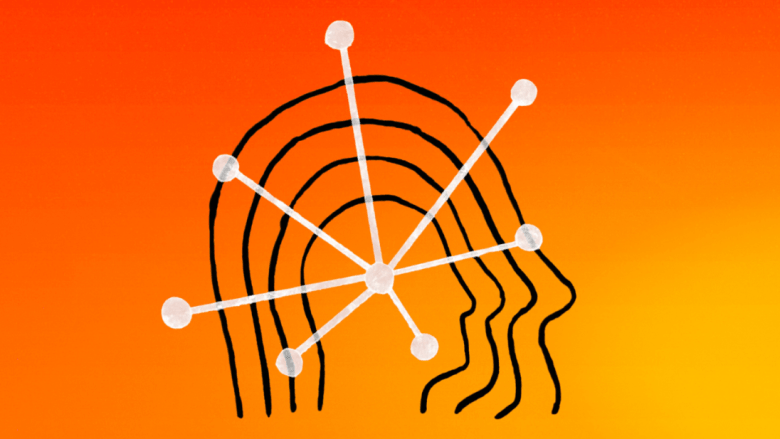
Introduction Of Claude
Anthropic, an AI company that stands as the second-largest player in the industry after OpenAI, boasts an impressive suite of generative AI models collectively known as Claude. These versatile models provide a wide array of functionalities, from generating captions for images and composing emails to tackling mathematical problems and developing software code.

Table of Contents
As Anthropic’s model ecosystem expands rapidly, keeping up with the capabilities and purposes of each It model can be challenging. This article serves as a comprehensive guide to the It series, which we will update with new releases and improvements over time.
Overview of Models
Claude models are uniquely named after different forms of literary art: Haiku, Sonnet, and Opus. The latest versions include:
- It 3.5 Haiku: A lightweight model ideal for straightforward tasks.
- It 3.5 Sonnet: A mid-range model that excels in balanced performance and capability.
- It 3 Opus: The flagship model of the It lineup.
Interestingly, while The 3.5 Sonnet is categorized as mid-range, it currently outperforms the Opus model in many tasks, though this is expected to change with the release of Claude 3.5 Opus.
All models within the It family can analyze not just text but also images, charts, graphs, and technical diagrams sourced from documents. They have a standard context window of 200,000 tokens, which allows them to process substantial amounts of data before generating new content. To put this into perspective, 200,000 tokens equate to approximately 150,000 words or the length of a 600-page novel.
However, unlike many other major generative AI models, It cannot access the internet. This limitation affects its ability to provide current events information and generate images beyond simple line diagrams.
Comparison of Models
The It models exhibit distinctive performance characteristics:
- It 3.5 Sonnet is noted for its speed and adeptness in comprehending nuanced and complex instructions, making it a favorite among users who require detailed assistance.
- It 3 Haiku is the fastest model but struggles with more intricate prompts.
- It 3 Opus remains powerful, though it currently takes a back seat to Sonnet in terms of capabilities.
Pricing Structure for Models
The Claude models are accessible via Anthropic’s API and managed platforms such as Amazon Bedrock and Google Cloud’s Vertex AI. The pricing for using the Anthropic API is as follows:
- It 3.5 Haiku: $0.25 per million input tokens (~750,000 words), $1.25 per million output tokens.
- It 3.5 Sonnet: $3 per million input tokens, $15 per million output tokens.
- It 3 Opus: $15 per million input tokens, $75 per million output tokens.
To optimize usage costs, Anthropic also offers prompt caching and batching options. Prompt caching allows developers to store reusable “prompt contexts,” while batching processes multiple model inference requests simultaneously, which is more cost-effective.
Plans and Applications for Users
For individuals and businesses wishing to engage with It models, Anthropic provides a free It plan with certain usage constraints. Upgrading to a paid subscription unlocks additional features and removes restrictions. The available plans include:
- It Pro: Priced at $20 per month, this plan offers five times the rate limits, priority access, and early previews of new features.
- It Team: This option, at $30 per user per month, serves small businesses with a dashboard for billing, user management, and integration with data repositories like Salesforce. It includes a feature to toggle citation options, which is vital for verifying AI-generated information.
- It Enterprise: Tailored for larger organizations, this plan enables the upload of proprietary data for analysis and responses. The Enterprise plan features a larger context window of 500,000 tokens, GitHub integration for engineering teams, and access to Projects and Artifacts.
A Note of Caution
As with any generative AI model, there are inherent risks when using It. The models are prone to inaccuracies in summarization and question answering due to their tendency to “hallucinate” or fabricate information. Additionally, since the models are trained on publicly available data, some elements might be copyrighted or come with usage restrictions.
Anthropic, like many AI companies, asserts that fair-use doctrine protects them from copyright claims, but this has not deterred legal action from data owners. While the company provides policies to safeguard clients from potential legal challenges related to fair use, ethical considerations surrounding the use of data without explicit permission remain unresolved.
Conclusion
Claude represents a significant advancement in generative AI, with a robust suite of models tailored for various applications. Whether in creative writing, coding, or complex data analysis, the Claude family of models offers powerful tools for both individuals and businesses alike. As Anthropic continues to innovate and expand its offerings, staying





